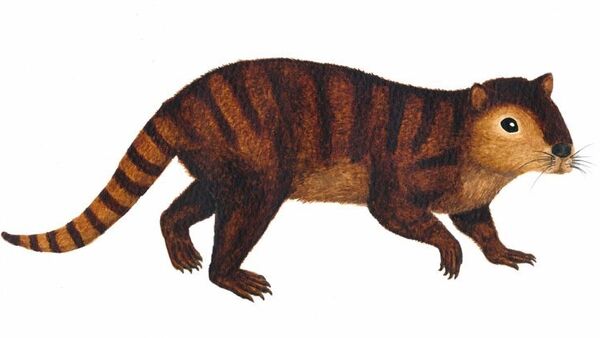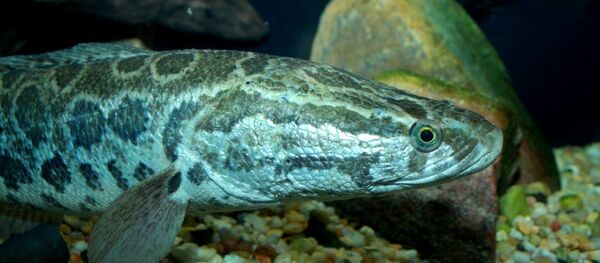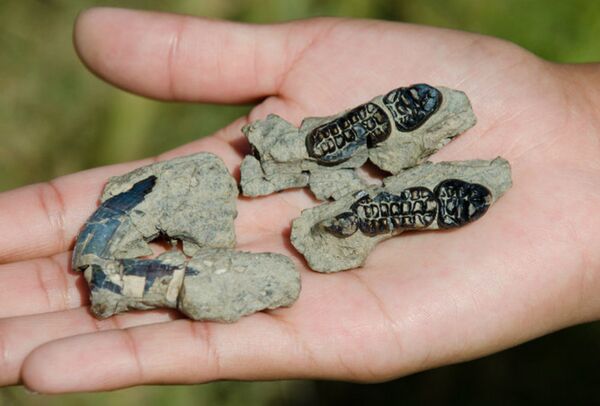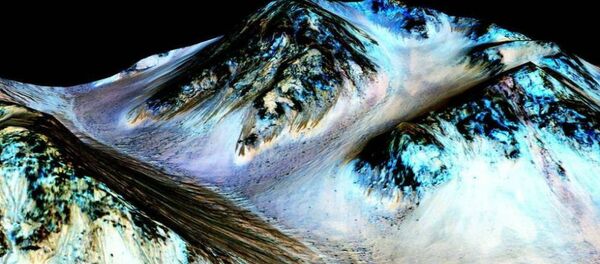"Our new mammal, called Kimbetopsalis simmonsae, would have looked like a prehistoric version of a beaver," explained Stephen Brusatte, a member of the group of scientists that studied the fossil.
"It was a couple of feet long, weighed 10-40 kilograms, and had buck-toothed incisors at the front of its snout that it used to cut up leaves and branches."
The beaver-like creature was the largest known member of a completely extinct group of mammals called multituberculates, which originated alongside the dinosaurs and survived their extinction. In turn, Kimbetopsalis went extinct 35 million years ago when they were superseded by smarter, faster-growing modern rodents.
Kimbetopsalis had a herbivorous diet, in contrast to the mammals which went before them, and possessed highly complex cheek teeth adapted for eating plants, according to the study, published in the Zoological Journal of the Linnean Society.
"Kimbetopsalis is testament to how the history of life hinges on moments that can reset the course of evolution," writes Brusatte.
"Mammals were clearly prospering in this brave new world, getting their first taste of evolutionary success and laying the foundation for a whole new era in which they, not dinosaurs, reigned supreme. This burst of evolution led to primates, which eventually led to us."




